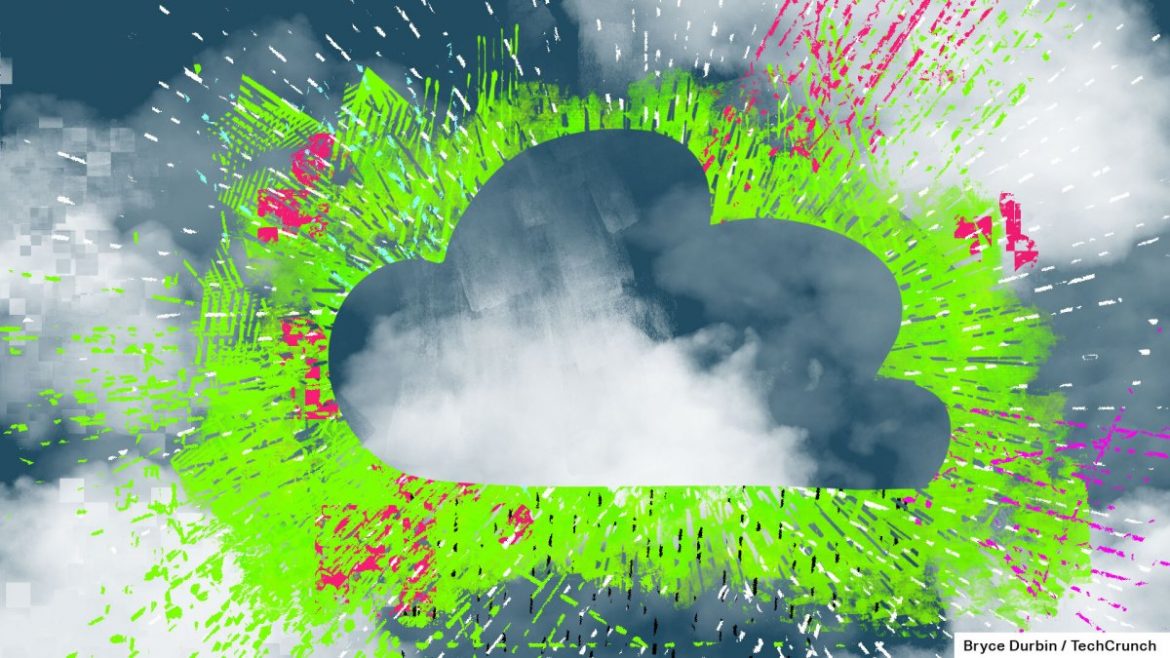With an explosion of weather and climate data that the last generation of tools can’t handle, is AI the future of forecasting?
Research certainly suggests so, and a newly funded startup called Brightband is taking a shot at turning machine learning forecast models into both a business and open source standard.
Today’s weather prediction and climate monitoring techniques are rooted in statistical and numerical models that are going on decades old. That doesn’t mean they’re bad or wrong — just not particularly efficient. These physics-based models are the kind of thing you set aside a few weeks on a supercomputer for.
But AI has a knack for pulling patterns out of large bodies of data, and research has shown that, when AI is trained on years of weather patterns and observations around the world, it can predict upcoming events with surprising accuracy.
So why isn’t it being used all over the place?
“The reason there’s this gap is that the government finds it hard to attract top talent, as do weather companies, while for these tech companies, weather is not their core industry. They don’t go deep into the domain and work with the players to give them the tools they need,” explained Julian Green, CEO and co-founder of Brightband (formerly known as OpenEarthAI). “We think a startup brings great AI people, great data people, and great weather people together. There’s a real opportunity to operationalize AI and make it available to everyone.”
The startup is in the process of designing its own model trained on years of weather observation data, but Daniel Rothenberg, co-founder and head of data and weather, was quick to note that they’re “standing on the shoulders of giants.”
“The big physics-based models are monsters,” he said. “But AI is the beneficiary of those models — the first leap was taking advantage of them, finding that the models really can learn those patterns. We’re building on top of that and extending it. We’re shooting for state of the art: as good or better than the available global weather forecasting.”
It would also be orders of magnitude faster, Green noted. “That’s sort of the core disruption: it’s faster and cheaper,” making it more suitable to custom and fast-moving use cases.
“People have very specific needs across different industries,” Green went on. “Energy companies need to be able to predict the supply of renewables from wind and sun, and demand for heating and cooling; transportation companies need to avoid extreme weather; agriculture needs to plan weeks out to hire people to seed, water, fertilize, or harvest.”
Interestingly, the company is committing to releasing its models for anyone to use.
“Our goal is to open source the basic forecasting capability, not just the model but the data you use to train it, and the metrics you use to evaluate it, bus model is to layer on top, paid-for services for more specific capabilities,” Green said.
Part of doing so means including (and processing, and releasing) lots of data that has been skipped over in favor of pre-processed databases.
“There’s petabytes upon petabytes of historical data from weather balloons and satellites that are ignored because they’re hard to work with,” said Rothenberg; but as with most AI models, the more data the better, and a carefully curated variety can significantly improve the quality of their output. “We really feel that building a community around this is going to accelerate the things we can do in terms of understanding the atmosphere and doing it at scale.”
I suggested that this seemed almost like they were doing what the National Weather Service (which provides tons of observational data and forecasts for free as a public service) and other agencies would do if they could.
Green demurred, saying they work closely with those agencies and that they are indeed the keepers of a trove of important data — it just isn’t necessarily the kind of fast, portable data that a highly responsive consumer-facing company needs. He said they see this as a continuation of the international collaboration on weather data.
As for where they actually are in building the product: “It’s relatively early,” Green admitted. “We’ve been working on this for a few months, nothing is live today but we hope to have a model by the end of 2025 that takes in observations [i.e. satellite or local radar imagery] and produces a forecast for them.”
Brightband is structured as a public benefit corporation, but that’s “primarily signaling,” Green said. “We’re trying to lay out our mission transparently, pinning our cause to the mast and saying ‘this is what we’re interested in doing.’ I think the 10 million we raised is testament to the fact that we’re able to attract capital.”
A PBC in this case basically means the board has to balance shareholder interests with those of the stated mission in certain circumstances, but doesn’t limit profits or anything like that.
Expect a weather-related product before a climate one — but neither has a hard timeline except for the end-of-year show-and-tell.
Brightband’s $10 million series A round was led by Prelude Venture, with participation from Starshot Capital, Garage Capital, Future Back Ventures, Preston-Werner Ventures, CLAI Ventures, Adrien Treuille, and Cal Henderson.
